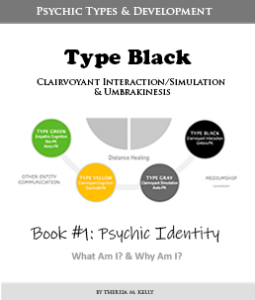- What Am I? (Type Yellow)
- Psychic “Ability” (Type Yellow)
- Psi, ESP, & Clairvoyance (Type Yellow)
- Dreams, Impressions, & Hallucinations (Type Yellow)
- Clairvoyant Cognition (Type Yellow)
- Mental Mediumship and Clairvoyant Cognition (Type Yellow)
- Intention (Type Yellow)
- Adaptive or Directive? (Type Yellow)
- Your Main Goals (Type Yellow)
- Remote Viewing & Postcognition (Type Yellow)
- How You Receive (Type Yellow)
- You Are Not Alone (Type Yellow)
- Difference Between CC & Other ESP
- Still Not Sure (Type Yellow)
- Psychokinesis (Type Yellow)
- Forms of PK (Type Yellow)
- PK or CC (Type Yellow)
- Telekinesis (Type Yellow)
- You Are Not Alone (Type Yellow)
- Having Doubts? (Type Yellow)
- One Last Question (Type Yellow)
- Your Directed Attention (Type Yellow)
- Your Needs (Type Yellow)
DREAMS, IMPRESSIONS, & HALLUCINATIONS
Generally speaking, every extrasensory experience can be separated and labeled as an intuitive impression, hallucination, or dream (realistic or unrealistic).
Realistic dreams are defined as dreams that are not necessarily completely literal when looking at the big picture, but the information does not include the quality of being described in a disguised form. Usually, realistic dream experiences are more detailed in content than that of intuitive or hallucinatory experiences.
Unrealistic dreams are similar to realistic dream experiences, but here the imagery, or mental images, are more dramatic and fantasy-like. Important features may appear realistic, but the scene or situations surrounding the features appear disguised, like they are in a symbolic form.
Intuitive impressions cover any extrasensory experience that includes a general unreasoned impression or hunch. With intuitive experiences, there are no pictures, images, sounds, smells, and so forth, nor any clearly known thought process leading to the impression. The experiencer just suddenly “knows” something, usually describing an unclear impression, that when examined later on was found to be supported at least a little bit. Intuitive impressions where an experiencer “feels” the emotions of another person, is today commonly referred to as psychic Empathy.
Hallucinations in relation to extrasensory experiences refers to seeing something that others cannot see or that is not physically present. Suggesting that an extrasensory experience is a hallucination does not mean that what the person is seeing is not real, just that it’s not necessarily physically there.
Hallucination experiences can involve a flash of an image or person not physically there, usually seen in the mind rather than in one’s surrounding, or the sound of someone talking that is not there, and are perceived while conscious and awake.
Hallucinations can happen in any sensory mode including visual (sight), auditory (hearing), olfaction (smell), gustatory (taste), tactile (pressure/touch), equilibrioception (balance), thermoception (temperature), chronoception (time), and so on. Hallucinations usually involve images drawn from, or built from, internal representations of the world held in the long-term memory of the mind.
“This means if a person has a hallucination experience of let’s say a lotus flower, but has never seen a lotus flower before, then the experiencer will see an image of a similar flower they have already actually seen in the past, let’s say a water lily.”
Therefore, the more a person has experienced, such as seen and heard, the more a person will be likely to fully construct, and therefore understand, hallucination information.








How would Chronoception manifest? I loved the example of the house for realistic/ unrealistic dreams. j
It depends, since time is not directly perceived but is mainly constructed by the brain, so it’s highly subjective. When words are received in telepathic or clairvoyant experiences, the “tense” of the words is often used to discern time (past, present, future).
With impressions, a feeling of anxiousness can be associated with a focus on the future, and nostalgia or sadness may be associated with the past. Dreams are always shown as the present, but they may leave visual clues to hint at time.